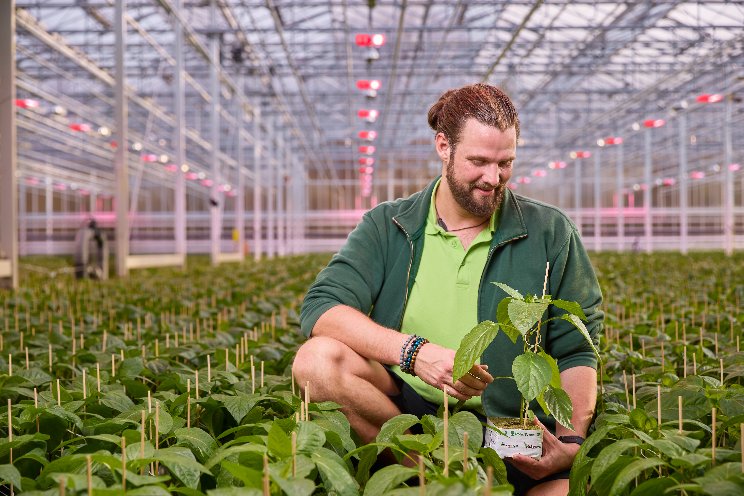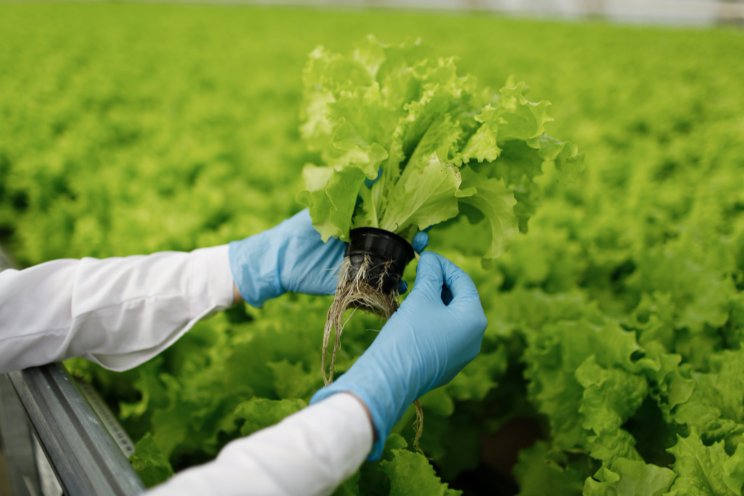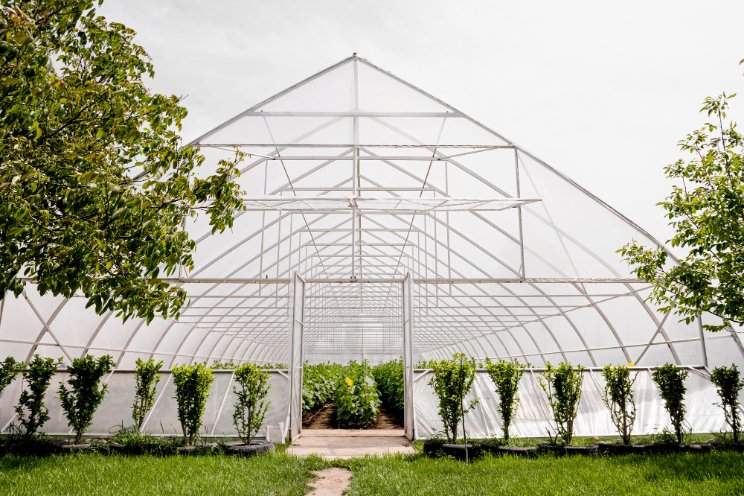Cultivar selection is key to radish production
Added on 19 July 2023

Radishes are a promising crop for controlled environments. We found that producing radishes in plug trays filled with regular soilless substrate and grown using subirrigation is an effective and efficient way to produce a high-quality radish crop inside a greenhouse. Growing radishes hydroponically in the greenhouse provides a few advantages over field production. Quality can improve through regular irrigation, reducing cracking damage that would render a radish unmarketable. Additionally, minimizing stress by managing light, air temperature, water, and fertilizer can help radishes maintain a balanced flavor. Finally, the planting density in cell trays can be much greater compared to field spacing.
Note: This article, part one of a four-part series on hydroponic radish production, written by the team of Christopher J. Currey, Robert Muniz II, Ryan Niepegan, and Peter Konjoian. Currey is an associate professor, Muniz II is a former undergraduate research assistant, and Niepegan is a graduate research assistant, all in the Department of Horticulture at Iowa State University. Konjoian is a horticultural consultant with Konjoian’s Horticulture Education Services, Inc.
Photo: A 72-cell tray of spring radishes with shoots removed to show the variation in germination, radish size or grade, and damage. Photo: Christopher J. Currey
More news















